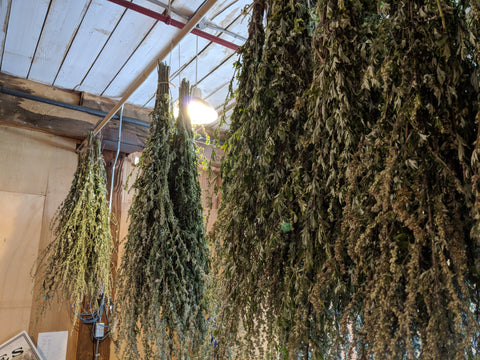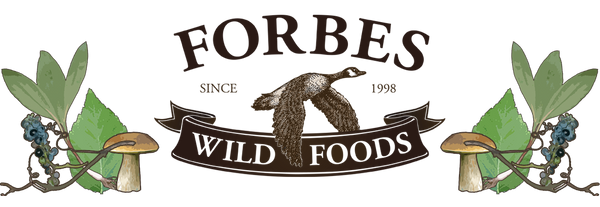Common Mugwort
•Posted on augusti 02 2018

The sweet, intoxicating herbal aroma makes mugwort a pleasure to work with. Used in teas, as a herb for poultry, replacement for hops when brewing beers or fruit, to flavour candy, as something to smoke in place of tobacco or marijuana, and in baking or confections.

While related to A. absinthium, it should not be confused with the wormwood that is used in making Absinthe. It is best if expecting mothers avoid consumption of artimisia as it can cause complications.

Finding and picking wormwood is easy. It grows in remediated pastures and meadows, in orchards and edging fields and roads. The silver bottom dark green leaves and plume of flowers makes it easy to spot. You can see it often poking up above the other grasses, thistles, raspberries, and other meadow plants come midsummer. Wormwood also has a natural insecticide in it, so while other things such as joe pye weed might get littered with galls and spittle bugs, mugwort is left untouched.

Your wormwood should stand tall and proud with little to no insects on it. However, make sure to be prepared for mosquitos when picking. Cut the plant where the leaf starts to change, removing dead leaves, while the plant is flowering and hang to dry. When picking you should always leave a few of the smaller plants as they will flower and reseed the land. 
Once dry, removing the leaf is easy. Just slide your hand down the stalk pulling the leaf and flower off in a single motion. If you are unfamiliar with this intoxicating herb we sell it packaged in 20 and 100 gram bags much of the year. Hand harvested cleaned leaf and flower. (Stalk removed).
Visit our online store to order wild mugwort from Forbes Wild Foods today.
More Posts
-
Get to know the mos...
Autumn is the absolute best time for mushrooms, after a year of growth the cool nights trigger mycelium to shoot out new fruiting bodies and the fo...
Read More




Comments
0 Comments
Leave a Comment